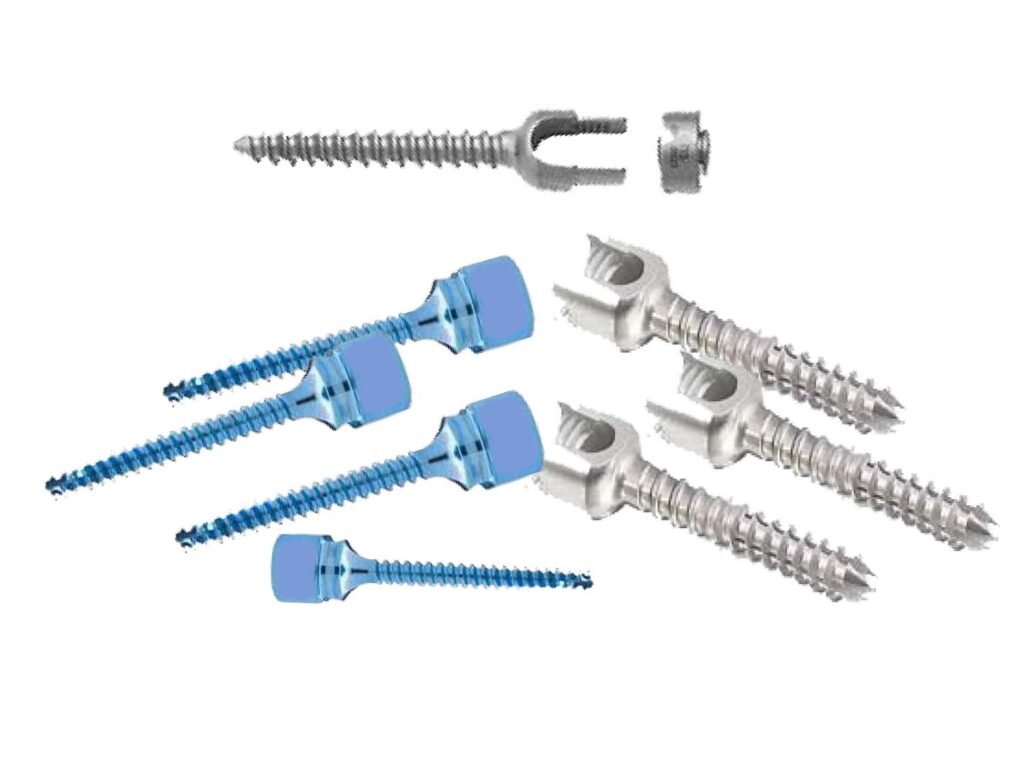
Medical Implant Parts—High Precise CNC Lathe Machining Parts
The Benefits of Using CNC Machines to Manufacture Medical Implant Parts
Manufacturing medical implant parts using CNC machines offers a number of benefits over traditional manufacturing methods. Here are some key aspects of manufacturing medical implant parts using CNC machines:
- Precision: CNC machines are highly precise, which is critical for medical implant parts. Implants must be manufactured to exact specifications to ensure that they fit properly and function as intended. CNC machines are capable of producing parts with very tight tolerances, ensuring that implants are accurate and reliable.
2.Customization: CNC machines can be programmed to produce a wide range of shapes and sizes, making them ideal for manufacturing customized medical implants. Implants can be tailored to the specific needs of individual patients, which can improve outcomes and reduce the risk of complications.
3.Material selection: CNC machines can work with a wide range of materials, including metals, plastics, and ceramics. This means that manufacturers can choose the material that is best suited to the specific needs of the implant. For example, some materials are better suited for weight-bearing implants, while others are better suited for implants that require flexibility.
4.Speed: CNC machines are capable of producing parts quickly and efficiently. This can be particularly important in emergency situations, where time is of the essence.
5.Quality control: CNC machines are capable of producing high-quality parts consistently. This is critical for medical implants, which must meet strict quality control standards.
Overall, manufacturing medical implant parts using CNC machines offers a number of benefits. These include improved precision, customization, material selection, speed, and quality control. These benefits can help to improve patient outcomes and reduce the risk of complications.
Materials Used for Medical Implant Parts
What are most commonly used materials for medical implant parts?
Medical implant parts must be biocompatible and able to withstand the harsh conditions of the human body. Therefore, the materials used for medical implant parts are carefully chosen for their biocompatibility, strength, and durability. Here are some of the most commonly used materials for medical implant parts:
- Titanium: Titanium is the most commonly used material for medical implants. It is biocompatible, corrosion-resistant, and has a high strength-to-weight ratio. It is commonly used for orthopedic implants, such as hip and knee replacements.
- Stainless Steel: Stainless steel is another commonly used material for medical implants. It is biocompatible and has good mechanical properties, making it an ideal choice for orthopedic implants, such as bone screws and plates.
- Cobalt-Chromium Alloy: Cobalt-chromium alloy is a strong and durable material that is often used for medical implants. It is biocompatible and has good wear resistance, making it an ideal choice for orthopedic implants and dental implants.
- Polyethylene: Polyethylene is a plastic material that is commonly used for joint replacements. It is biocompatible, wear-resistant, and has good mechanical properties.
- Ceramic: Ceramics are biocompatible, wear-resistant, and have excellent mechanical properties. They are commonly used for dental implants and joint replacements.
The choice of material for medical implant parts depends on a variety of factors, including the type of implant, the location of the implant in the body, and the patient’s medical history. The selection of the appropriate material is critical to ensure the success and longevity of the implant.
